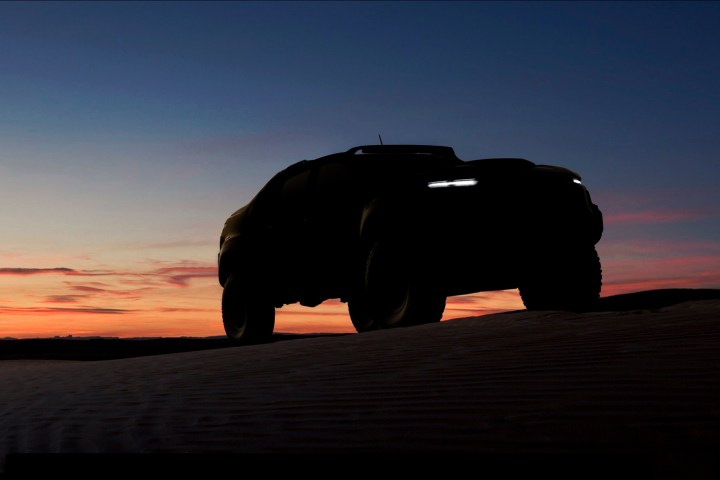
The truck will debut in October at a meeting of the Association of the United States Army in Washington, D.C. Announced last November, the program is a joint effort between GM and the Army’s Tank Automotive Research, Development and Engineering Center (TARDEC). Research work takes place at TARDEC’s facility in Warren, Michigan, where GM has its own technical center.
The Department of Defense engaged in this partnership because it believes fuel cells may have military applications. It also hopes to leverage more technology from the civilian sector in the development of future military hardware. GM in turn expects to get feedback on its fuel-cell tech from the Army, something it believes will be valuable in the further development of that technology.
Read more: Nissan unveils a van powered by its solid-oxide fuel cells
The Chevy Colorado-based prototype will be used in demonstrations and testing through 2017. Among the benefits officials expect from a fuel-cell powertrain are quiet operation, copious low-end torque from electric motors, and the ability to generate both electric power and water while in the field.
GM’s relationship with TARDEC goes back to 2013, when the two entities agreed to collaborate on research into new materials and designs for hydrogen fuel cells. Prior to that, GM was already running a fleet of Chevy Equinox SUVs converted to hydrogen power. They collectively logged over 3 million miles in testing on public roads.
In addition to working with the Army, GM also has a fuel-cell research partnership with Honda. A report earlier this year claimed the two carmakers would also share a fuel-cell factory, with plans to start producing cells in 2025. But while Honda is currently rolling out its Clarity Fuel Cell, GM has no concrete plans to offer a production fuel-cell car.
Editors' Recommendations
- GM to recall 6 million vehicles in U.S. over Takata airbag issue
- Huawei says it’s running out of smartphone processors due to U.S. sanctions
- U.S. Senate reportedly warns members not to use Zoom
- The U.S. Air Force’s secretive space plane ends record-breaking mission
- Toyota uses hydrogen fuel cells to power one of its Japanese factories


